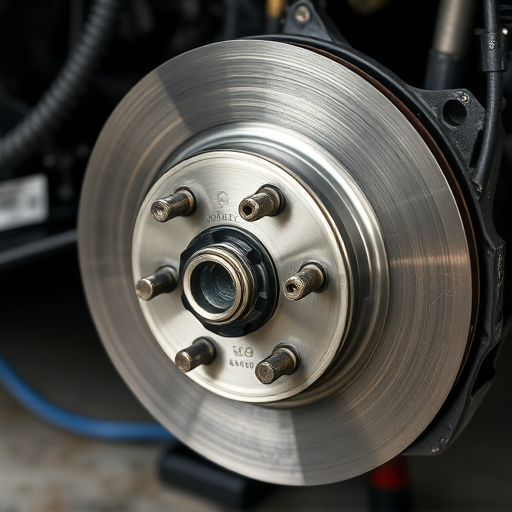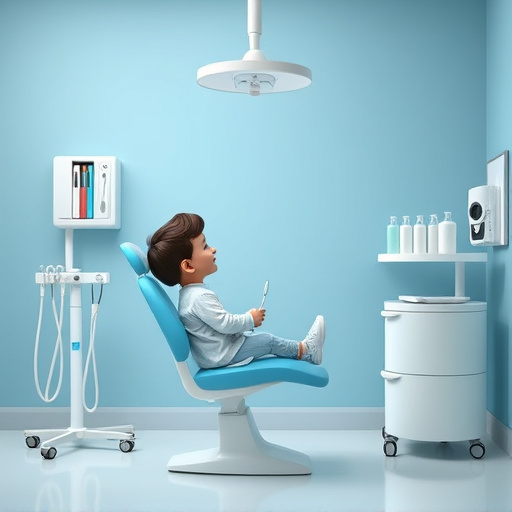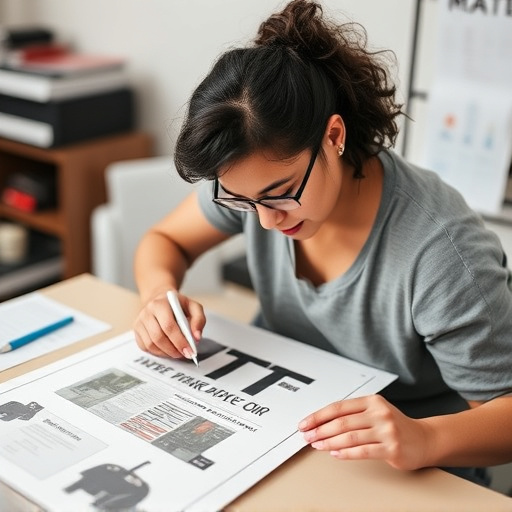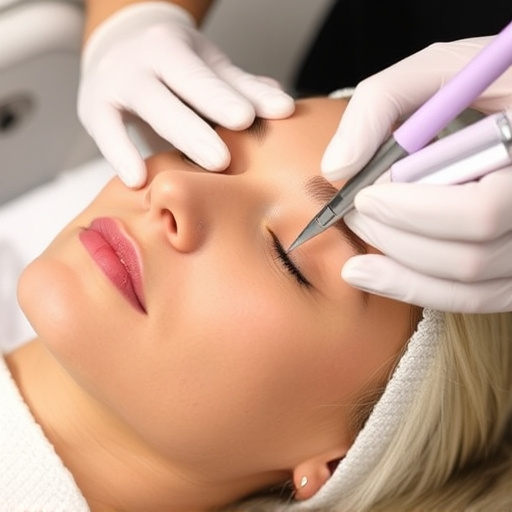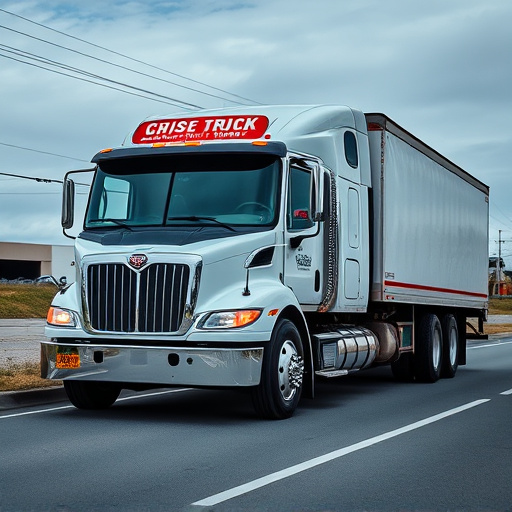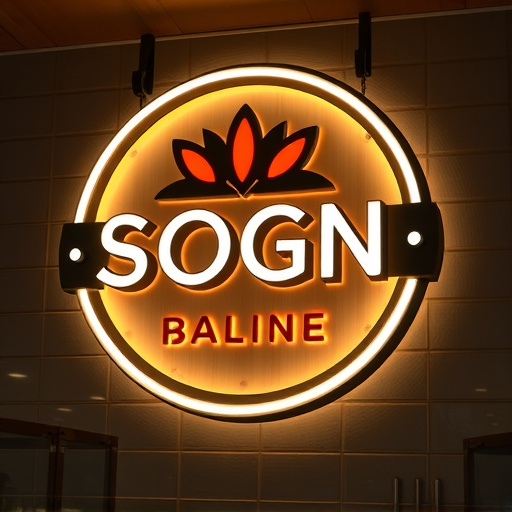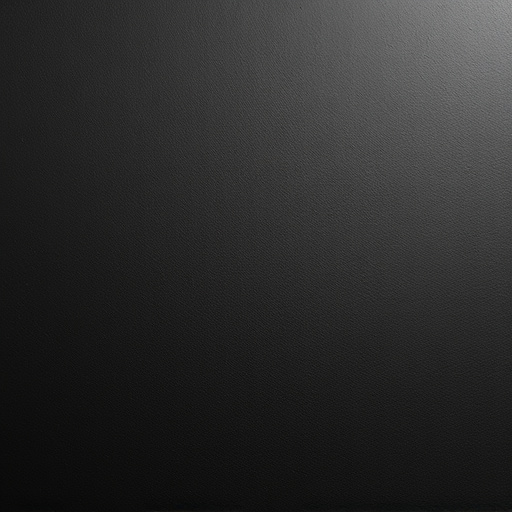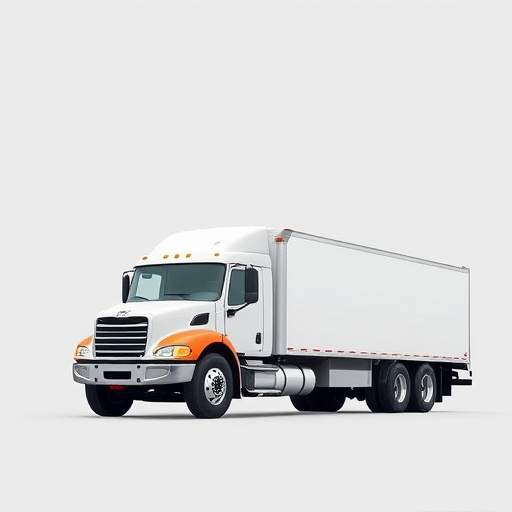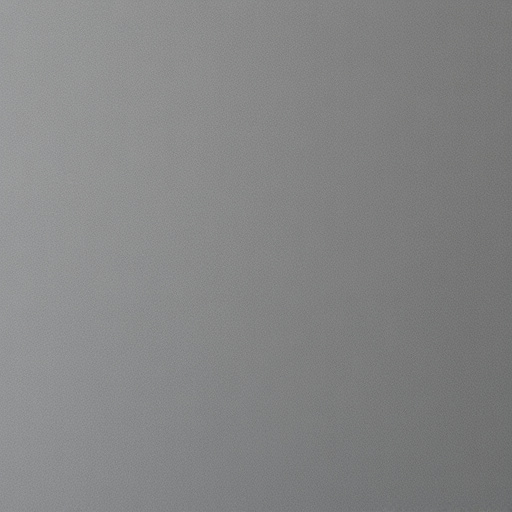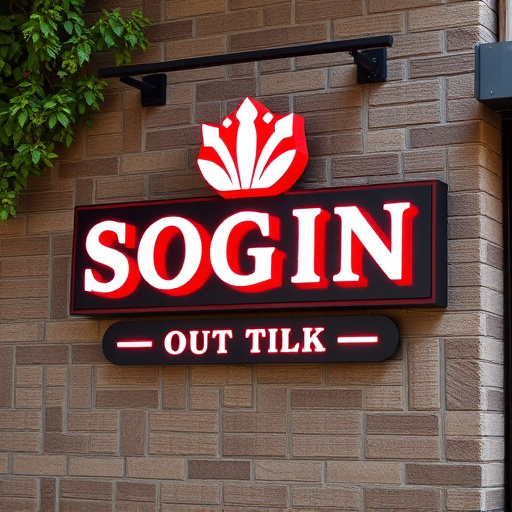Bubble formation during vehicle decal installation is common but can be minimized through understanding and preventive measures. Key steps include using high-quality decals, pre-applying protective coatings, proper surface preparation, gentle pressing post-installation, and careful handling of bubbles. Regular care, protection from sunlight, and adherence to manufacturer guidelines further reduce bubble risk, ensuring a smooth, scratch-resistant finish that complements ceramic coatings and enhances aesthetics.
After installing vehicle decals, bubbles can be a common concern, but don’t worry—it’s an easily solvable issue. This guide breaks down the science behind bubble formation during vehicle decal application and offers practical steps for their effective removal. We also provide tips to prevent future bubbles, ensuring a seamless and professional-looking finish. Whether you’re a seasoned detailer or a DIY enthusiast, these techniques will help you achieve flawless results with your vehicle decal installation.
- Understanding Bubble Formation During Vehicle Decal Installation
- Steps to Effectively Remove Bubbles After Application
- Preventing Future Bubble Formation: Tips for Seamless Results
Understanding Bubble Formation During Vehicle Decal Installation
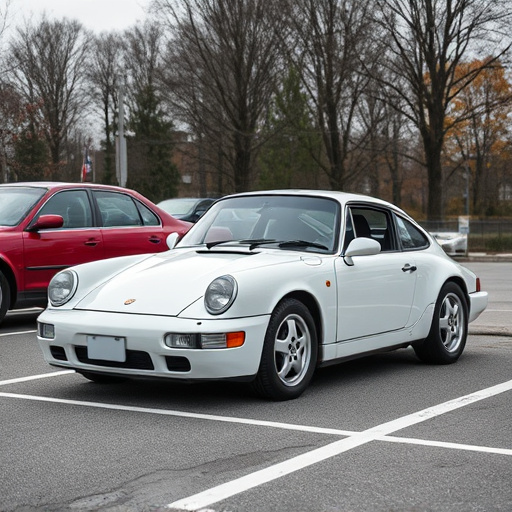
Bubbles are a common occurrence during vehicle decal installation, but understanding their formation is key to minimizing their appearance post-application. When applying decals, air trapped between the decal and the surface can create bubbles. This often happens due to uneven surfaces or inadequate alignment of the decal. The smooth application of protective coatings and scratch protection films before decal placement can significantly reduce bubble formation. These layers act as a barrier, ensuring that no air gets caught beneath the decal during installation.
Additionally, using high-quality decals designed for vehicle applications and following the manufacturer’s instructions are essential. Proper preparation of the vehicle’s surface by cleaning and decontaminating it ensures optimal adhesion. After installation, gently pressing around the edges with a soft cloth can help release any trapped air, reducing bubble formation. Effective strategies for vehicle decal installation include these preventive measures to ensure a smooth, bubble-free finish, enhancing the overall protection of the vehicle’s surface.
Steps to Effectively Remove Bubbles After Application

After applying vehicle decals, it’s common to encounter bubbles, especially if the surface isn’t perfectly smooth. To effectively remove these bubbles, start by allowing the decal to set for a few hours or as per the manufacturer’s instructions. Then, using a sharp tool like a razor blade or a heat gun (on low setting), carefully poke or blow out the bubble from its edge. This process helps release the trapped air.
Next, clean the area thoroughly with alcohol wipes to ensure no residue is left behind. For stubborn bubbles, consider applying a small amount of solvent or a dedicated decal bubble remover. Once removed, smoothen the decal with your hands or a soft cloth, ensuring it adheres properly. Remember, proper preparation and surface cleanliness are key to minimizing bubbles during vehicle decal installation, providing an extra layer of scratch protection and enhancing the overall aesthetic appeal, especially with ceramic window tinting or other protective coatings.
Preventing Future Bubble Formation: Tips for Seamless Results
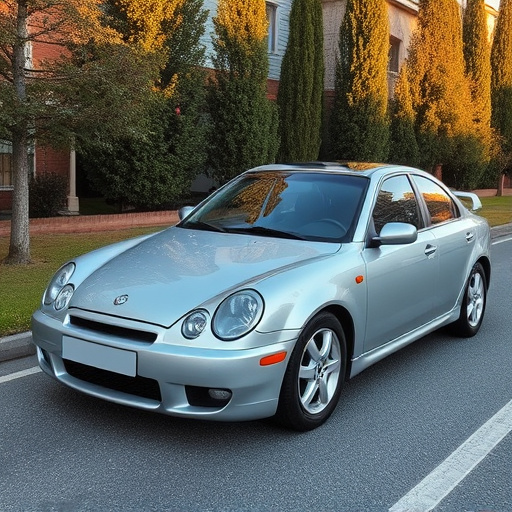
After successfully installing your vehicle decals, preventing future bubble formation is key to maintaining a seamless finish. Before applying any new decals or considering a ceramic coating or vinyl wrap (vehicle wraps, or vinyl wraps), ensure the surface of your car is clean and free from contaminants. Wash and thoroughly dry the area to eliminate any moisture that could trap bubbles under the decal.
Regular maintenance, including washing your vehicle properly and avoiding direct sunlight for prolonged periods, can help prevent bubble formation over time. Additionally, using high-quality installation tools and following manufacturer guidelines for application techniques (especially with ceramic coatings) significantly reduces the risk of bubbles appearing in the future.
After installing vehicle decals, understanding bubble formation and knowing how to effectively remove them is crucial for achieving seamless results. By following the detailed steps outlined in this article—from identifying the cause of bubbles to using the right tools for removal—you can prevent future issues and ensure your vehicle’s decal installation looks vibrant and professional. Remember that proper preparation and quick action are key to maintaining a bubble-free finish, enhancing the overall aesthetics of your vehicle’s custom decal design.

